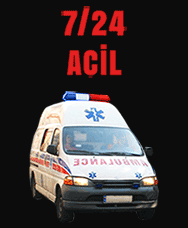Summary Providing adequate venous outflow is essential in finger replantation surgeries. For a successful result, the quality and quantity of venous repairs should be adequate to drain arterial inflow. The digital dorsal venous plexus is a reliable source of material for venous repairs. Classically, volar digital veins have been used only when no other alternative was available. However, repairing volar veins to augment venous outflow has a number of technical advantages and gives a greater chance of survival. Increasing the repaired vein:artery ratio also increases the success of replantation. The volar skin, covering the volar vein, is less likely to be avulsed during injury and is also less likely to turn necrotic, than dorsal skin, after the replantation surgery. Primary repair of dorsal veins can be difficult due to tightness ensuing from arthrodesis of the underlying joint in flexion. In multiple finger replantations, repairing the volar veins after arterial repair and continuing to do so for each finger in the same way without changing the position of the hand and surgeon save time. In amputations with tissue loss, the size discrepancy is less for volar veins than for dorsal veins. We present the results of 366 finger replantations after volar vein repairs.
ª 2013 Published by Elsevier Ltd on behalf of British Association of Plastic, Reconstructive and Aesthetic Surgeons.









